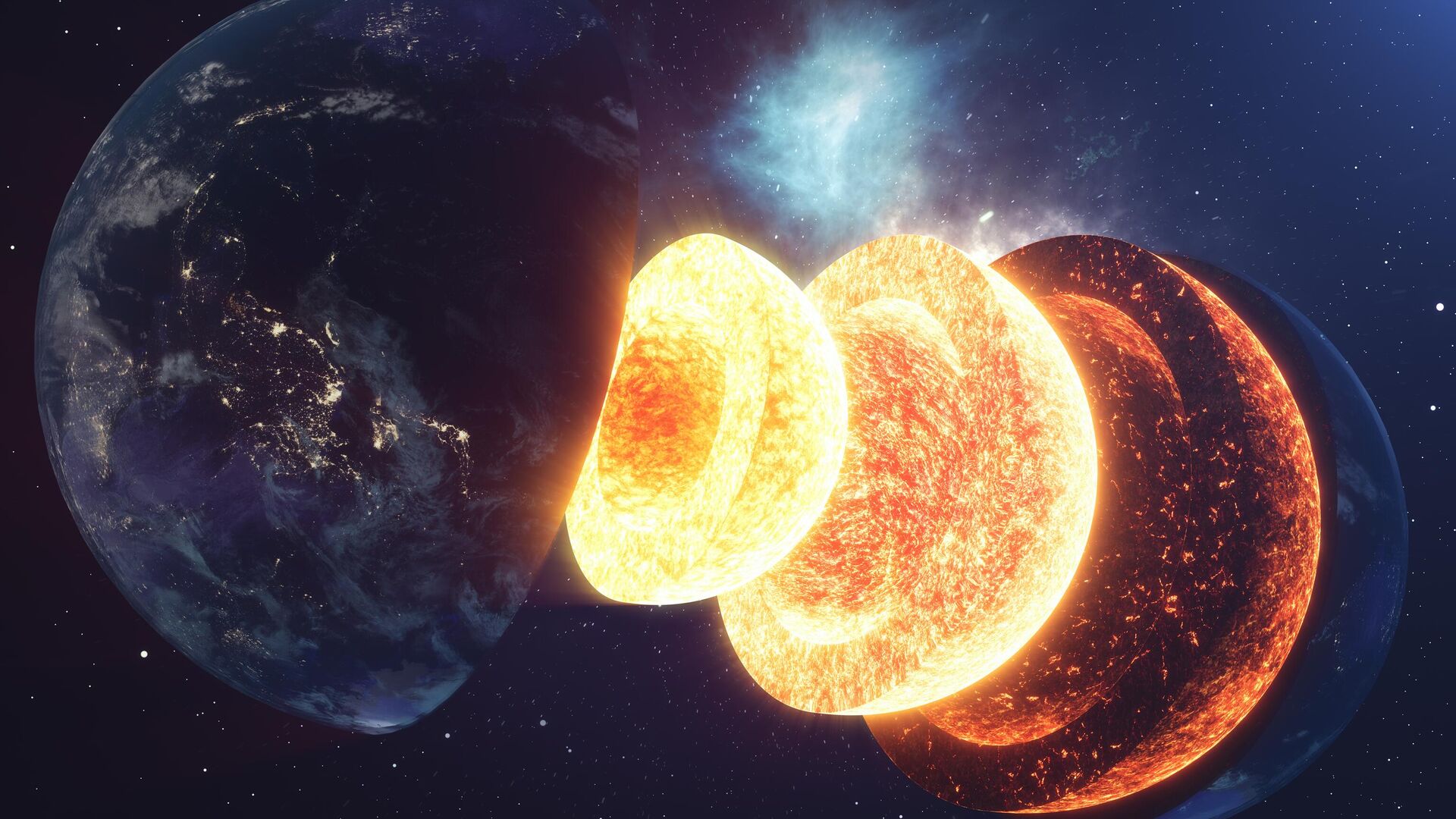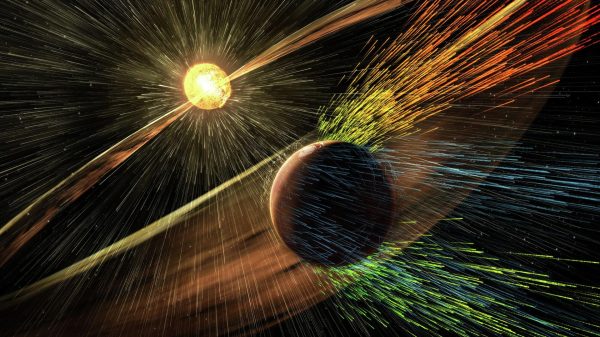
MOSCOW, November 30Ural Federal University researchers have proposed a model that describes the processes in the Earth’s core. According to this model, the core of our planet consists of a solid inner and liquid outer part, between which there is a “loose” layer. On the surface of the solid part of the nucleus, complex branched crystals — dendrites — are formed. The results were published in the journal Crystals.
Crystallization of the Earth's core occurs under conditions that are very different from those formed on the surface of the planet, said scientists from the Ural Federal University (Ural Federal University). According to them, the main differences are: the extremely slow rate of crystallization, the strong dependence of the phase transformation temperature on pressure, the higher temperature of the solidified core compared to the surrounding liquid, and the significant influence of convection during the solidification process.
< /span>
“
"For example, the acceleration of gravity at the Earth’s core is approximately two times less than on the surface. The pressure reaches approximately 3.7 million atmospheres or 375 GPa, while on the Earth’s surface it is almost 4 million times less and is approximately 101 kPa,” said Dmitry Aleksandrov, head of the laboratory of multiscale mathematical modeling at UrFU.

1 of 2

2 of 2
1 of 2
2 of 2
The scientist explained that the temperature of the Earth's core is estimated at 5000-6000 degrees Celsius. Since the core consists mainly of iron, it weighs about a third of the mass of the entire planet. At the deepest central part of the planet, there is a solid inner region with a radius of about 1300 km and an outer, liquid (molten) zone.
The outer, liquid part envelops the inner solid and circulates around it. Between these parts there is a transitional “loose” layer, where both solid and liquid phases are present. The loose layer simultaneously has the properties of both the inner and outer parts of the planet’s core.
November 28, 05:00
To understand the processes occurring at the boundary of the layers of the planet, UrFU carried out mathematical modeling of crystallization, taking into account the presence of solid and liquid layers. Using the developed model, the researchers determined the proportion and concentration of impurities in the solid part of the core, the thickness of the two-phase region, the average speed of fluid movement and the distance between dendrites.
«Calculations allowed us to describe the structure and draw up a diagram of what is happening at the two-phase surface of the Earth's core .In particular, we found out that there can be dendrites of different heights, some of them reach 300 kilometers. They grow extremely slowly — up to about 18 meters in 100,000 years. The average distance between dendrites is from 10 to 100 meters, and the distance between streams the melt reaches up to one kilometer,” said Aleksandrov.
The study notes that the distance between dendrites decreases with increasing crystallization and melt rates, as well as with increasing dynamic viscosity of the melt.
< br />The research was carried out with the support of the Russian Science Foundation and the Russian Ministry of Education and Science.






















































Свежие комментарии